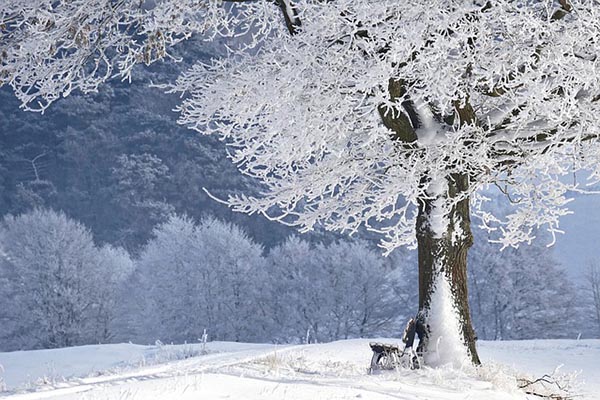Home Generators Catch-up
 So many people have been purchasing, or have intentions of purchasing, a generator for home convenience to run well pumps, refrigerators, medical units, lights, battery chargers, and just about everything for keeping up the standards of day to day life. But what happens when there is a major storm, a wild fire, a flood, home fire, and health issues?
So many people have been purchasing, or have intentions of purchasing, a generator for home convenience to run well pumps, refrigerators, medical units, lights, battery chargers, and just about everything for keeping up the standards of day to day life. But what happens when there is a major storm, a wild fire, a flood, home fire, and health issues?
Selection of a home electric generator is usually at your first experience, a trip to a big box store and buying on the card: a $500.00 gasoline operated, pull start rope, 5000 watt (surge rating) aluminum block, made in Mexico generator.
This is fine for the occasional storm or for camping. There are many smaller units that are super quiet for camping and some fit in the Winnebago. However if you desire a longer running all night and day for several days and nights when the hurricanes come, that implies a bigger, better built, electric (battery) start generator.
Consider that the watt rating on the box is the surge rating, not the actual run wattage, which varies a bit in the smaller, cheaper units. A 7,500-watt (surge-that is the starting power) usually settles quickly, down to a 5,500 watt run wattage. Your hook up to the TV, refrigerator and sundry power sucking devices probably is more. You have to throw switches off and conserve or else the generator will just shut off and in many cases overload and catch fire.
RULE # 1: Flip the switch to off on the circuit breaker you do not need. To do this is simple: Total the amperage on the switch circuit, and multiply by 120 volts and you have the close estimate of wattage used, then total all the circuits you are using. Adjust the wattage switches to the run time wattage of the generator.
When selecting a home generator you want the best engine block you can get for strength. Few are made in cast iron anymore, but the Horse Power rating and consistency of operation is stable. Consider this automatic home outside popular generator. For years it was sold as a 20,000-watt model and by demand for bigger generator wattage, the pistons were enlarged to make it a 22,500-watt generator. How long is that Aluminum motor going to last? You have to be careful of the motor size, which for cost saving to the manufacturer is usually down sizing the horsepower that really makes for a strain on the unit. Compare old catalogs, as they are a good comparison for the new model.
Location of the unit is paramount. With a blizzard coming you want a snow free, rain free area and that means outside because of heat from the unit, and carbon monoxide blown out the exhaust pipe, to the wind. This implies a shed roof, or an enclosed super big box structure like a calf house.
RULE # 2: Never, Never install or place an operating generator inside a house, enclosed porch or worse yet, in the basement. Carbon monoxide will saturate the house and the heat may cause a fire. You must install an off/on throw switch to the house power so that when operating the generator when APCO lines are down you are not lighting up a worker on the power pole. This is a maintenance electrical workers biggest fear.
Fuel for the majority of the generators is usually gasoline. Some are 3 way carburetors allowing for gasoline, propane, or natural gas. If you are living where natural gas is available that is the best safe and reliable fuel as it will always be available. Propane is next but it requires very large expensive tanks, which do run out. Gasoline is the most dangerous because of fire and explosions.
I might add that diesel engines power big units but are very expensive-but reliable.
Most all gasoline, propane, natural gas generator carburetors are convertible interchangeable/ replaceable. The motors are all the same and run on the above fuels but with varying performance. Propane does not function well at temperatures below –30F. For this reason alone I have a back up gasoline 9,000-watt generator. My big propane generator is 20,000 watt automatic.
Currently my factory 20KV generator mechanic is promoting a larger diameter propane pipe to store extra propane gas at the generator to make it easier for the engine to start. It does not get that cold up here at 2500 feet elevation, averaging about –10F and sinking to –20F for short spells.
The back up generator is wired into the main terminals of the workshop circuit breaker box and the end has a plug for the generator. If the propane 1500 gallons runs out or it is –40F below like it was in 1946 (date may be wrong) I shut off the input circuit breaker from APCO, at the house. Then I plug into my 9KV generator and run off that. My primary concern is the well water pump.
Gasoline engines will gum up in the carburetors and the gasoline if left in the tank for a couple years will turn bad. You can eliminate this problem by adding a gasoline additive such as STABLE, or BRIGGS STRATTON gas additive. This is for all your small engines and your underground storage tank.
Starting an engine with a rope pull is difficult in the winter. Either starting fluid sold in a can helps but you cannot beat a battery. You want a real substantial battery such as EXCIDE with lots of plates. Place this battery on a Styrofoam pad. If your generator does not charge the battery connect an external battery charger to charge it up to snuff before the lights go out.
You will find several more up to date generator stories and help full hints in past articles.
Keep warm this winter. Farmers Almanac calls for ice and bitter cold; maybe a 1946 revival.
May God Bless us all. Live long and prosper
Old Timer
COPYRIGHT: Back2theLand.com. All rights reserved. 9/13/2015



